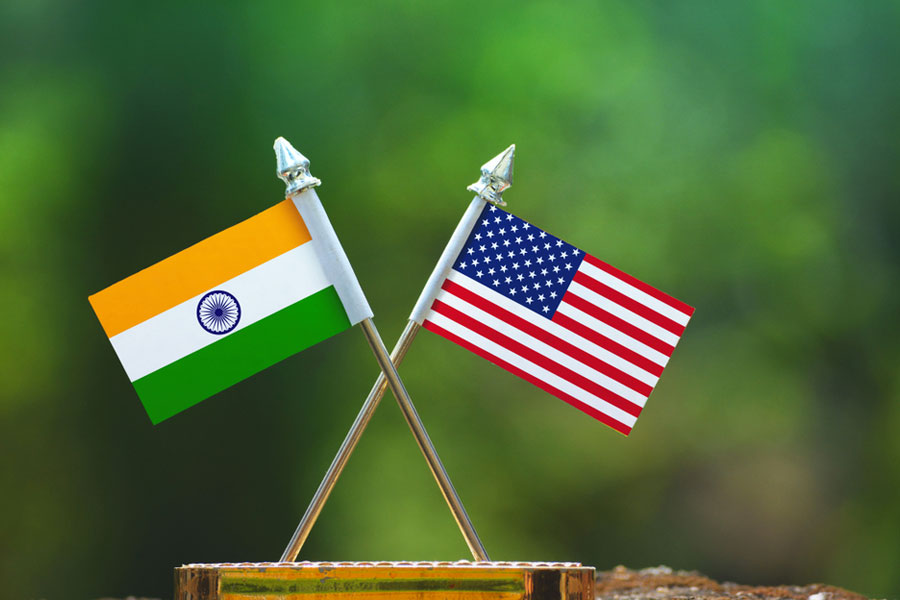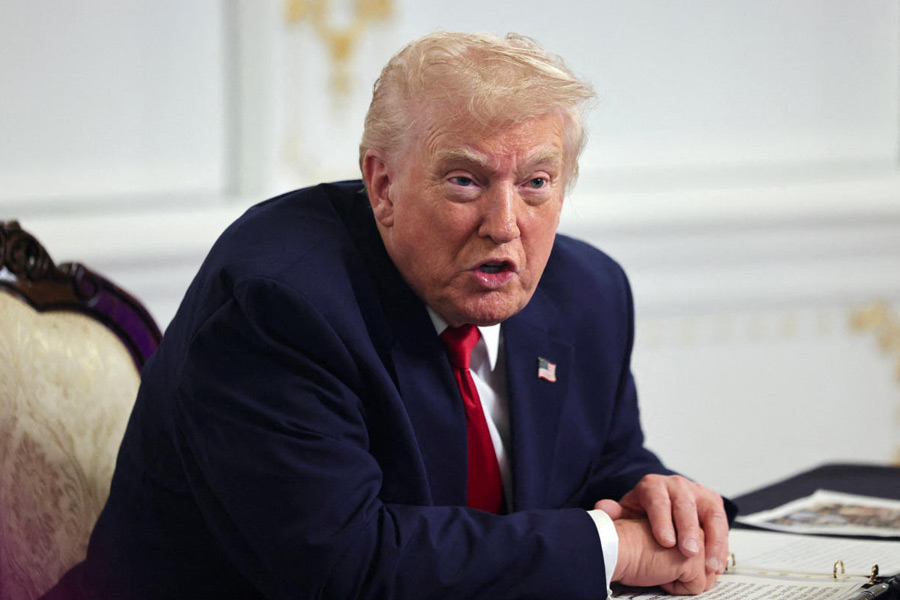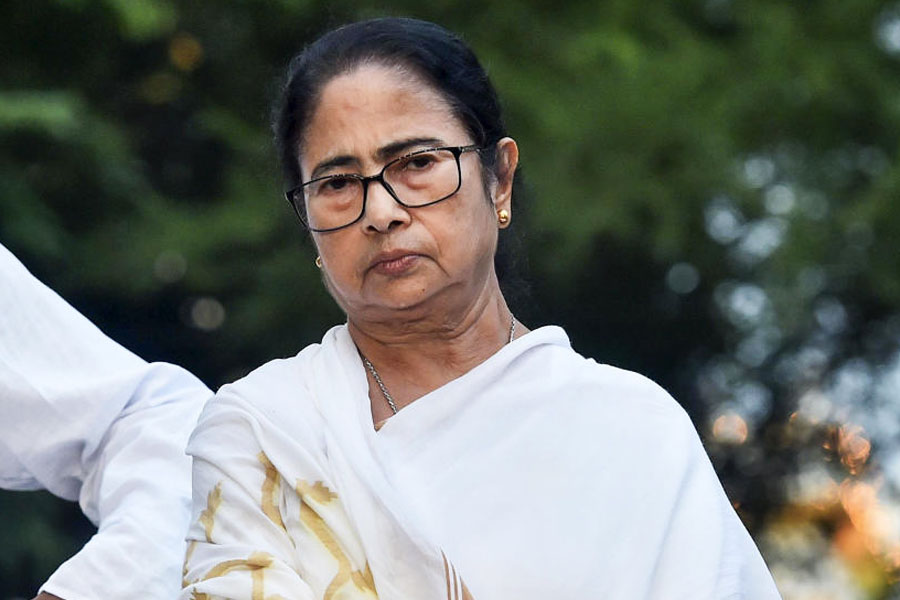The impact of Donald Trump’s retaliatory tariffs on Indian exports to the United States of America, slated to begin from April 2, is still somewhat unclear. The amount of the tariffs and the goods on which they are likely to be imposed are not known fully. The most likely targets would be chemicals, pharmaceutical products, metals, jewellery and food products. The effect could be quite severe if there is a blanket tariff on all Indian imports. Since America’s trade policy under Mr Trump has become unpredictable, it would be best for India to consider the worst-case scenario and be prepared for it. The likely cost of the tariffs on India is estimated to be seven billion dollars annually. India enjoys a trade surplus with the US to the tune of $36.8 billion. India’s exports to that country stand at about 17%-18% of the total exports which is very high for one single country. India’s imports from the US are much lower — at about 6%-7% of India’s total imports. What can India do?
One option is to strike a deal with Mr Trump. However, that would be acquiescing to the disruptions being caused by a whimsical leader. There are, however, other options. India can signal some more conciliatory tariff rationalisations without hurting fiscal revenue along the lines stated in this year’s budget. The Narendra Modi government can also negotiate with Mr Trump’s administration to allow investments by Indian companies by jumping the tariff wall. After all, that is exactly what Mr Trump wants so that US output and employment can rise without his government having to pump domestic demand by deficit financing. But would Indian companies be ready for long-term investments in a nation helmed by someone with a penchant for disruptions? A third option that India might have is to work on the promised trade deal worth $500 billion that Mr Trump and Mr Modi have agreed to execute by 2030. It might be worthwhile to work on what the US would prefer to import against India’s decision to buy energy and defence equipment. India can then proceed with the requirements of that deal, keeping the list of new exports in mind. Alternatively, India can take the blow without going in for further duty cuts. All trading partners of the US, including major players like Japan, China, and Europe, and even smaller, but extremely dynamic, economies like South Korea and Vietnam, will be affected by Mr Trump’s new trade policy. Hence, it would be time for nations, including India, to go back to the drawing board as far as their trade relations with the US are concerned.










